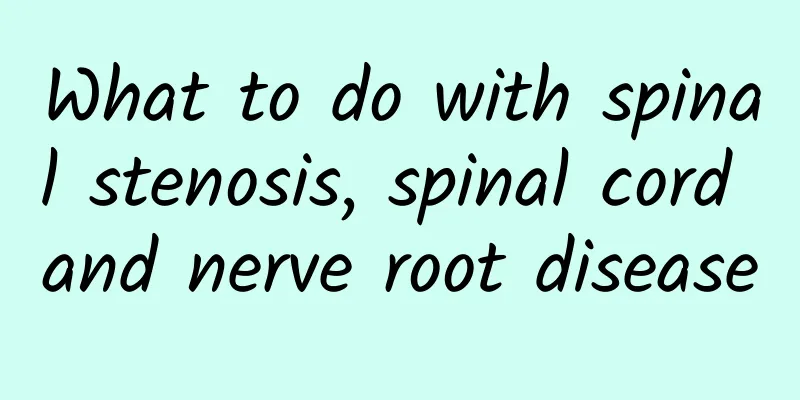What are free bodies?

|
What are loose bodies? Simply put, loose bodies are small pieces of bone or cartilage tissue that exist in the joint cavity. These small pieces can be bone or cartilage fragments caused by trauma, joint degeneration or other reasons. They move around in the joint and may cause pain, swelling or jamming of the joint. Imagine that the joint is like a precision gear mechanism, and loose bodies are like small stones that fall between the gears and may affect the normal operation of the gears. Before we understand the possible effects of loose bodies, let's first look at how they are formed. Usually, the formation of loose bodies is related to wear and tear of the joints. For example, athletes are prone to joint injuries during high-intensity exercise, which can lead to the formation of loose bodies. Or, as we age, the cartilage in the joints may gradually degenerate, leading to bone hyperplasia and the formation of loose bodies. Does it sound a bit like the "bone spurs" we often hear about? In fact, they are somewhat similar, but loose bodies are more like small free-floating fragments. If you find yourself feeling pain or discomfort when moving your joints, or even feeling your joints get "stuck," you may want to be aware of loose bodies. Although some loose bodies may not cause obvious symptoms, it is best to see a doctor if you experience discomfort. Your doctor may use imaging tests such as X-rays, CT scans, or MRIs to confirm the diagnosis and decide on treatment options based on the specific situation. There are usually two methods for dealing with loose bodies: conservative treatment and surgical treatment. Conservative treatment includes rest, physical therapy and drug therapy, which is suitable for patients with mild symptoms. For patients with severe symptoms that affect their daily life, doctors may recommend arthroscopic surgery to remove the loose body. Although surgery sounds a bit scary, modern medical technology is very mature, and arthroscopic surgery usually has little trauma and quick recovery. Now that you know the basics of loose bodies, you may be more concerned about your joint health. Keeping up with moderate exercise, eating a balanced diet, and maintaining a healthy weight are all good ways to protect your joints. After all, joints are like our "bearings" and need to be well maintained so that we can live flexibly and freely. I hope that through this article, you have a clearer understanding of loose bodies and can pay more attention to your joint health. |
<<: Urine occult blood 1+ what is going on
>>: What was wind disease in ancient times?
Recommend
Symptoms of Urinary Tract Infection in Children
Urinary tract infections in children can be worri...
Is it serious if a breast cyst grows larger?
If a breast cyst becomes larger, it should be tak...
Symptoms of Gallstones
Symptoms of gallstones may vary from person to pe...
How much does aneurysm surgery cost?
Everyone knows that hospital charges are very exp...
Can I eat red dates if I have breast nodules and cysts?
Patients with breast nodule cysts can eat red dat...
Recovery process after perianal abscess surgery
During the recovery process of perianal abscess s...
What is the best way to treat lumbar spinal stenosis?
Clinically, the main manifestations are lower bac...
What should you pay attention to in your diet for gallstones?
In terms of diet for gallstones, you need to pay ...
How to relieve gallstones
Gallstones are managed with dietary changes, medi...
How painful is surgery for perianal abscess?
The pain of perianal abscess surgery varies from ...
The difference between Enrico and Ibuprofen
Both Enric and Ibuprofen are common drugs in our ...
Do breast cysts require surgery?
Whether a breast cyst requires surgery depends on...
How to treat bone fracture better
Bone fractures are often confusing and worrying, ...
Can children with ureteral stenosis and hydronephrosis recover after surgery?
Most children with ureteral stenosis and hydronep...
What are the symptoms of meningioma?
Meningiomas are common central nervous system tum...









